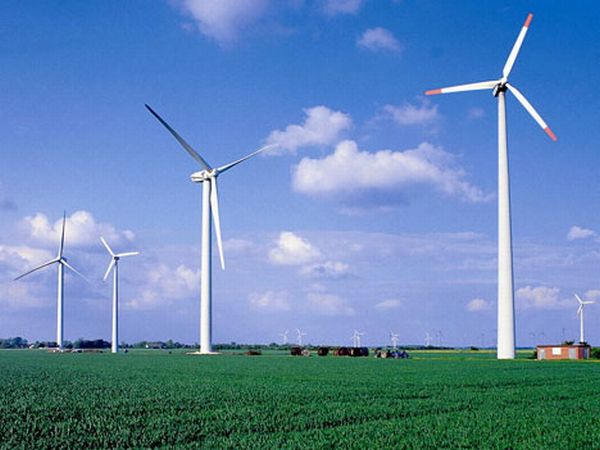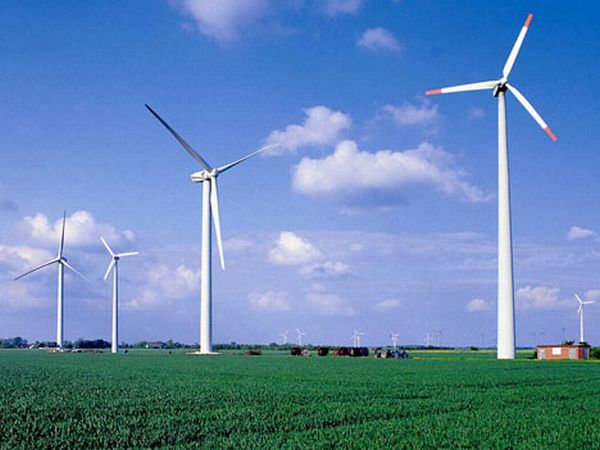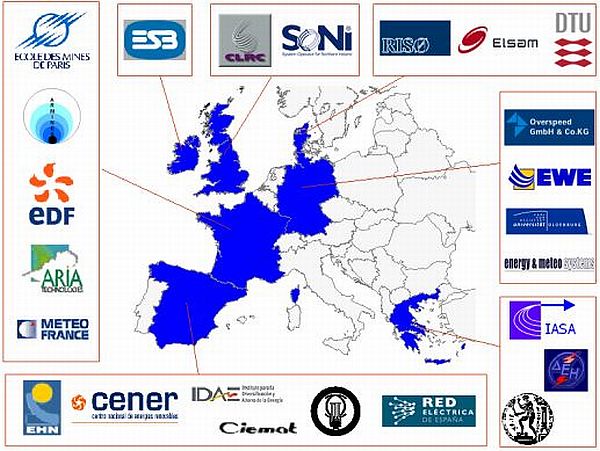
Wind power forecasting refers to the amount of electricity a wind farm is expected to produce in the near future within a given period of time. Wind power forecasting is vital for the wind power industry since it helps the energy producers get an idea of the kind of energy they would be able to provide to their consumers. But with every passing day, the ability to accurately forecast outputs from wind farms is becoming critical. Advent of new wind power forecasting tools help the industry players better determine the economic viability of projects before development and get the maximum in terms of both energy and revenue from the existing wind farms.
1. Forecasting Wind Data with Cell Phone Towers:

To help forecast wind data, wind data provider Onesemble has come up with sensors that can provide wind data for about 95 percent of the wind farms in Texas area. The sensors are mounted on cellphone towers, where they can accurately provide information regarding the speed of wind at greater heights. Data collected by the sensors is supplied to ERCOT through a network of 100 sensor centers. ERCOT manages about 75 percent of Texas’s electric grid.
2) Ontario’s wind forecasting service:

The government of Ontario decided to aid wind power producers in the province by taking the responsibility of providing accurate wind forecasting system. With over 1200MW of power, this centralized wind forecasting system was designed to help improve forecast accuracy to make power more reliable.
3) ANEMOS Project. Short-Term Wind Power Forecasting:

The ANEMOS Project aims to develop accurate models that outperform state-of-the-art onshore and offshore wind resource forecasting. In this project, emphasis is laid on the integration of high-resolution meteorological forecasts. The system is based on the use of an integrated software, ANEMOS, which will be installed by several utility companies to predict wind conditions for onshore and offshore wind farms.
The Benefits:
With fossil fuel getting expensive with every passing day, resources such as wind need to be harvested at full potential. The ability to accurately predict wind conditions could help remove barriers to wind energy development. Moreover, the ability to accurately forecast wind conditions also helps utility companies know the approximate amount of energy that will be generated by wind farms.
The Lowdown:
While wind power forecasting systems do seem an intelligent idea for maximizing wind power generation, the practical use of these systems is plagued by the uncertainty that is expressed in the form of probabilistic forecasts. It can also be shown that any decision related to wind power management and trading cannot be optimal without accounting for prediction uncertainty.
The Impact
The impact of the availability of wind forecasting tools are immensely important to the smooth operation of wind farms worldwide. Although systems available today are not 100% accurate, scientists and researchers still remain hopeful that in the near future the condition will change and better systems would become available. Availability of such systems will tremendously help in increasing the overall efficiency of wind farms and minimize operating costs to a great extent. It will only lead to common people having access to much cheaper renewable energy sources than they presently do.




